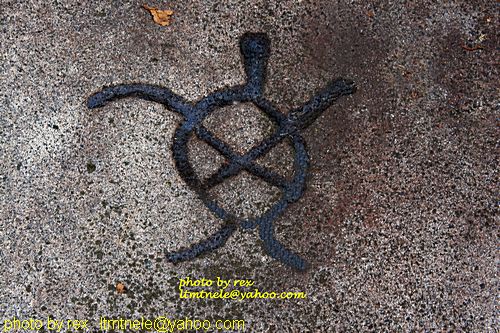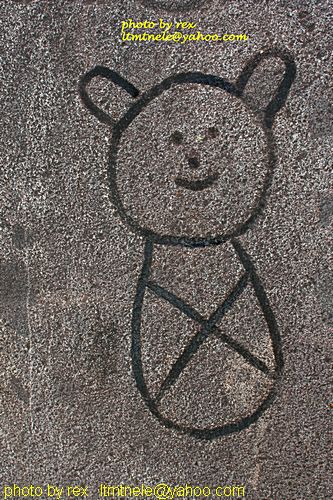|
All photos shot by and copyrighted by me, Rex Cauldwell. Enjoy but do not copy without permission. Please
read the text below since a couple minutes are needed for the photos to download.
I am trying to photograph and document all the ancient petroglyphs in Puerto Rico before they are lost to time. And they are
going fast. If you have knowledge of any petroglyphs other than the obvious ones in the parks and the ones seen on this site,
please e mail location to me: ltmtnele [sign for at] yahoo.com.
Petroglyphs are ancient rock carvings. What they actually mean is anyone's guess. They can be found by running your fingers
over the surface of the boulders and feeling for the depressions. Sometimes you can see them if the shadows are just right;
other times they can be right in front of --but yet, invisible. One I know of, I can only see faint impressions in the vertical
rock face overlooking a pool when I am treading water in the pool. But when I get to the rock face itself (I have to hang
over the cliff with a rope) I cannot find it.
Petroglyphs are normally found around water. The old timers allege that when the Fajardo yacht club was developed, thousands
of them were destroyed. What we see now are just the ones that have survived. To find the petroglyphs, look around pools of
water. Another good place to look is a section of land between two small streams. It has been said that the indigenous Indians
thought that water was magical.

Overall view of the glyphs from the opposite side of the river.


|




